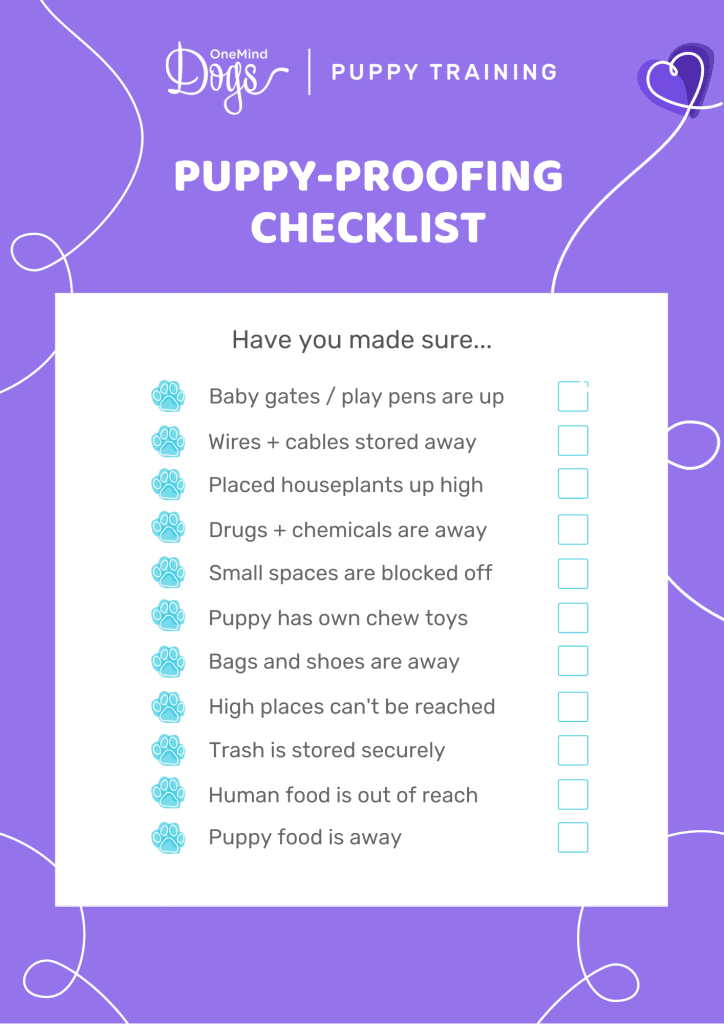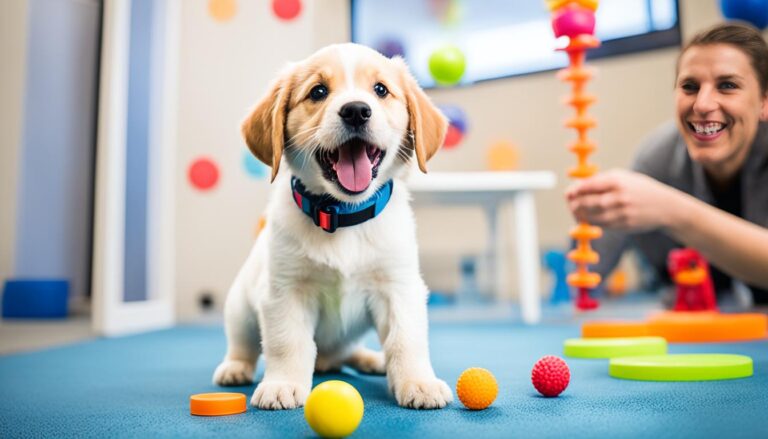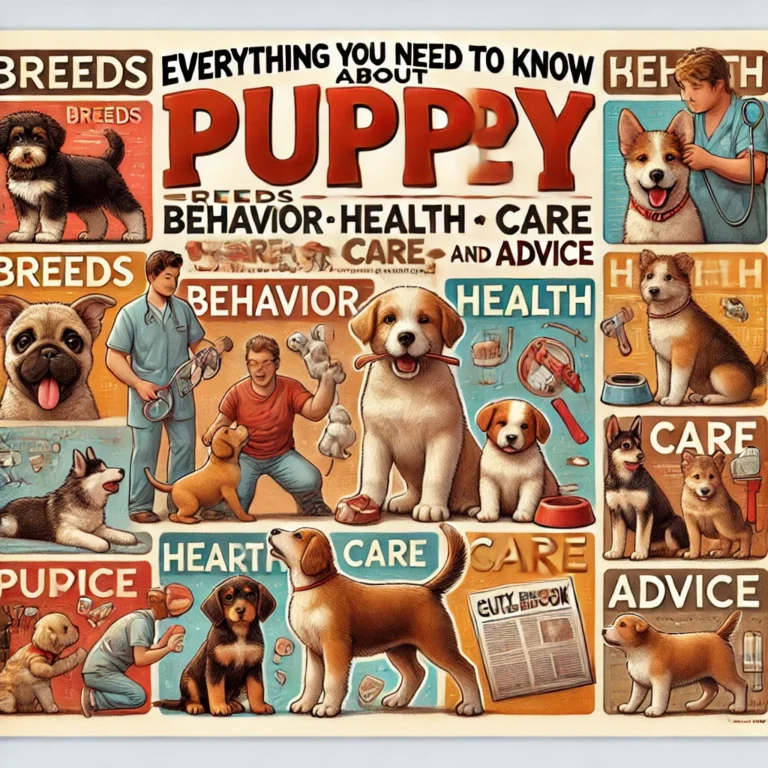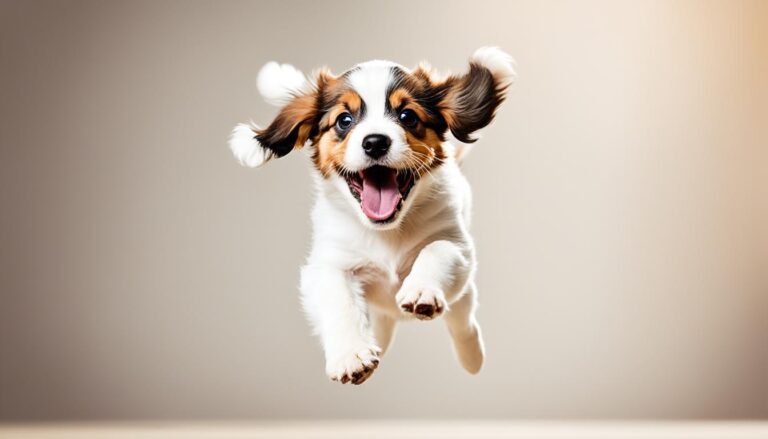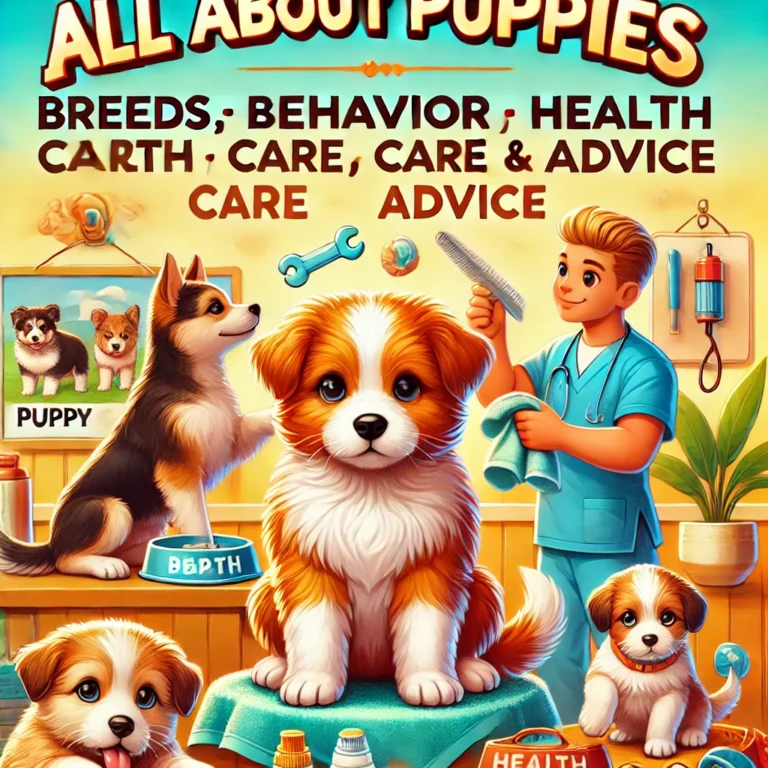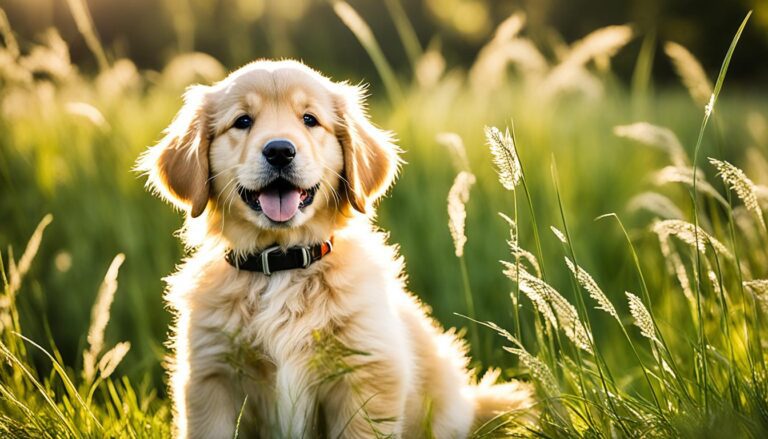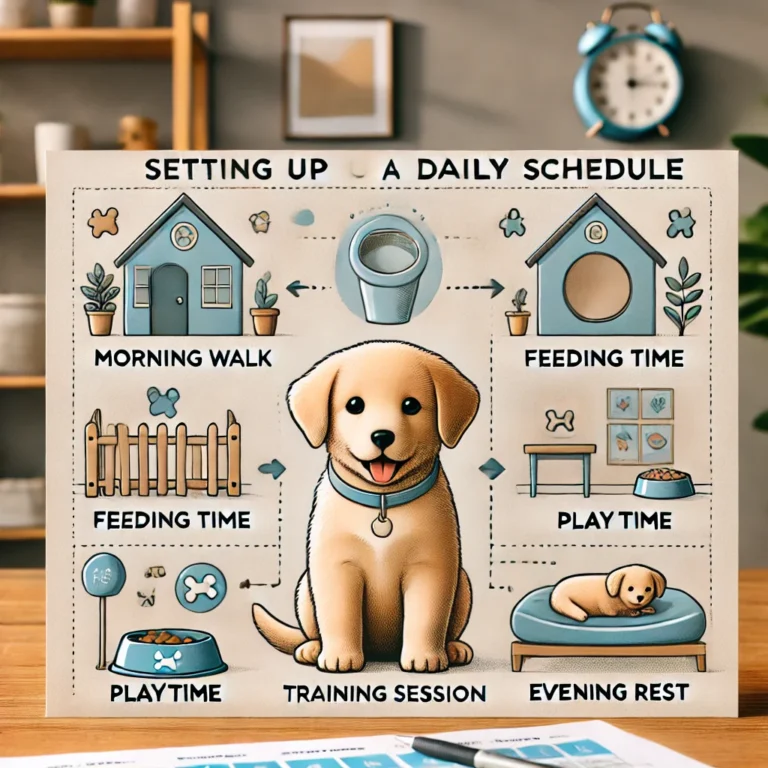Puppy-Proofing Checklist: Essential Steps for a Safe Home
Bringing a new puppy home is thrilling, but it comes with big responsibilities. We need to make sure our homes are safe for our furry friends. A puppy-proofing checklist helps create a secure environment for your new pet and gives you peace of mind.
Getting ready for a puppy is like preparing for a baby. They’re curious and love to explore. We’ll cover key areas to secure, from the living room to the yard. Our checklist will help you spot hazards you might not have thought of.
We’ll also talk about setting up spaces where your puppy can play safely. This way, you can relax and enjoy your new family member without worry.
Key Takeaways
- Puppy-proofing creates a safe space for your new pet to explore and grow
- A checklist helps identify and address potential hazards in your home
- Proper preparation leads to a smoother transition for both you and your puppy
Creating a Safe Environment
Making your home puppy-safe is key to keeping your new friend happy and healthy. We’ll look at ways to secure indoor spaces, prepare outdoor areas, and choose safe items for your pup.
Securing the Indoors
We need to puppy-proof every room in our house. Let’s start with the living room. We should tuck away electrical cords or use cord covers to stop chewing. It’s smart to move breakable items off low shelves and tables.
In the kitchen, we must use childproof latches on cabinets with cleaning supplies or toxic substances. We should also keep the trash can behind a closed door or get one with a tight lid.
For the bathroom, we’ll keep the toilet lid down and store medications out of reach. In bedrooms and offices, we need to be careful with small items a puppy might swallow.
Baby gates are great for blocking off unsafe areas like basements or stairs. We’ll make sure to close doors and secure windows to prevent escapes.
Preparing the Outdoors
Our yard needs to be as safe as our home. A sturdy fence is a must to keep our puppy from wandering off. We should check for and fix any holes or gaps.
We need to remove or fence off toxic plants. It’s important to store fertilizers, pesticides, and garden tools in a secure shed or garage.
If we have a pool, we must fence it off or use a sturdy cover. We’ll also make sure our trash cans have tight lids to keep curious pups out.
Regular yard checks help us spot and remove any dangers like sharp sticks or old food that could harm our puppy.
Puppy-Proof Items
We’ll need some key items to keep our puppy safe and comfy. A sturdy crate gives our pup a safe space to rest. We should pick one that’s the right size – big enough to stand and turn around in, but not too large.
For playtime, we’ll choose durable chew toys that can’t be torn apart easily. This helps protect our belongings and keeps our puppy busy.
We’ll need a collar and leash for walks, and food and water bowls that are hard to tip over. Puppy-safe treats are great for training.
Grooming supplies like a brush and nail clippers are important too. We’ll introduce these items slowly to help our puppy get used to them.
Training and Habits
Training your new puppy is key for a happy home. Good habits keep your pup safe and make life easier for everyone.
Discipline and Housebreaking
We know housebreaking can be tricky, but stay patient! Set a regular potty schedule and praise your pup when they go outside. Use a crate when you can’t watch them. It gives them a safe space and helps with training.
Teach basic commands like “sit” and “stay” early on. Use treats and lots of praise. Keep training sessions short and fun. Puppies have short attention spans!
Stick to a routine for feeding, walks, and bedtime. This helps your pup feel secure and learn good habits. Remember, consistency is key in all training.
Safety Practices
Puppy-proofing your home is crucial for safety. Remove or secure anything that could harm your pup. This includes:
- Toxic plants and human foods (like chocolate and xylitol)
- Small objects that could be choking hazards
- Electrical cords and cleaning supplies
Always supervise your puppy, especially during playtime. Use baby gates to block off unsafe areas.
Keep your vet’s number handy for emergencies. Stay up-to-date on vaccinations to protect your pup’s health. Regular vet check-ups are a must!
Frequently Asked Questions
New puppy owners often have questions about keeping their homes and outdoor spaces safe. We’ll cover protecting furniture, securing backyards, essential supplies, and puppy-proofing different areas of the home.
How can I protect my furniture from a new puppy?
To protect your furniture, try covering it with washable blankets or slipcovers. Use bitter apple spray on furniture legs to discourage chewing. Provide plenty of chew toys to keep your puppy busy.
Keep shoes and other tempting items out of reach. Consider using baby gates to limit access to certain rooms until your puppy is better trained.
What steps are important to make my backyard safe for a puppy?
Fence your yard if possible. Make sure the fence is high enough and has no gaps for your puppy to squeeze through.
Remove toxic plants and secure any chemicals or fertilizers. Check for holes or loose boards in the fence regularly.
What essential items do I need for a new puppy?
Get a comfortable bed, crate, soft blankets, and toys. You’ll also need food and water bowls, a collar, leash, and ID tags.
Don’t forget puppy food, treats, and cleaning supplies for accidents. A baby gate can be helpful for limiting your puppy’s access to certain areas.
How do I ensure my living room is safe for a puppy to play in?
Remove or secure loose cords from blinds, curtains, and electronics. Cover electrical outlets and move fragile items out of reach.
Provide safe chew toys and remove small objects that could be swallowed. Use pet-safe cleaning products for any accidents.
What are the best ways to puppy-proof my apartment?
In a small space, use vertical storage to keep items out of reach. Secure trash cans and keep bathroom doors closed.
Use baby gates to create a safe play area. Remove toxic houseplants and keep medications locked away.
How can I safely puppy-proof my garden?
Check your garden for toxic plants and remove them. Secure compost bins and avoid using cocoa mulch, which can be harmful to dogs.
Store gardening tools and chemicals in a locked shed. Supervise your puppy outdoors and provide a shaded area for rest.

